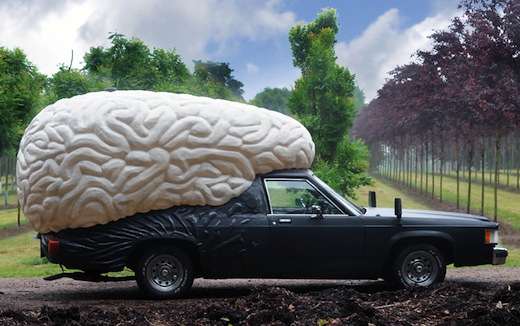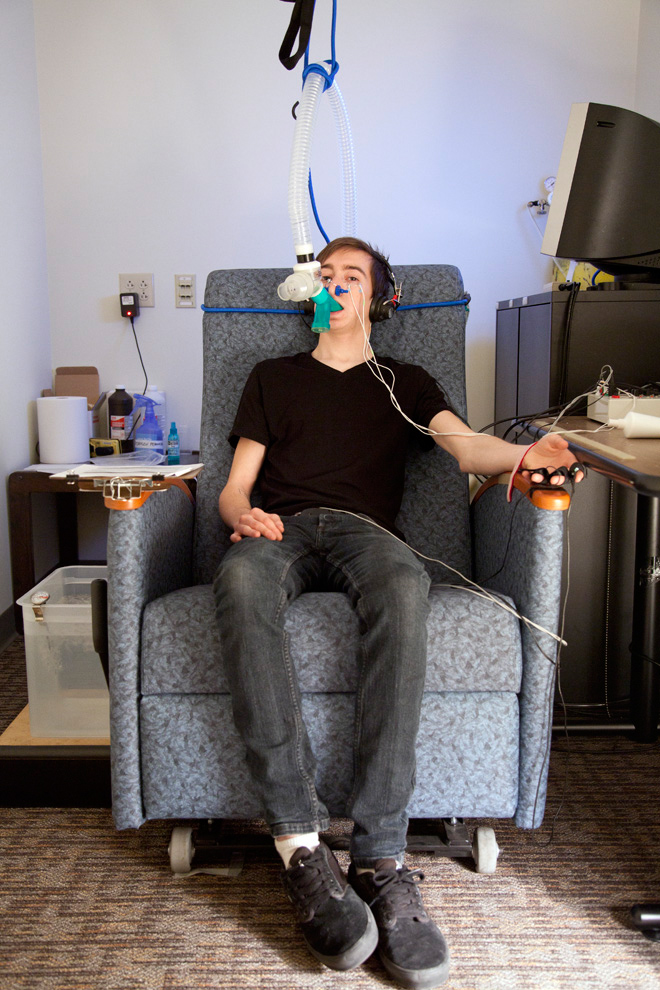Marcos Zotes, an architect and artist living in New York, recently completed CCTV/Creative Control, an intervention consisting of the projection of “an over-sized eye onto the lower surface of the 10-storey-hight Milton Street water tower in Brooklyn, New York.” This particular tower is a very ideal fit for an oval-shaped projection and since it does not display any external lighting fixtures, allows the projection to take center stage.
About the water tower: “Still the highest point in the area, until it is dwarfed by new gentrification plans, the water tower exists as a relic of the neighbourhood’s industrial past. The intervention temporarily transforms this iconic landmark into a discernible CCTV tower, raising questions of private control over public space in the urban context. By intervening in the everyday order of contemporary urban life, CCTV/Creative Control aims at both producing moments of antagonism –however transitory, fragmentary or ephemeral– and finding new ways to practice the city, not simply as consumers but as creators.”
On a conceptual level, “CCTV/Creative Control seeks to question the oppressive mechanisms and discourses implemented in the city through the temporary appropriation of public space.” I find this project interesting in principal, but also because it was executed by an architect who probably looked at the water tower with a special kind of criticism.
















